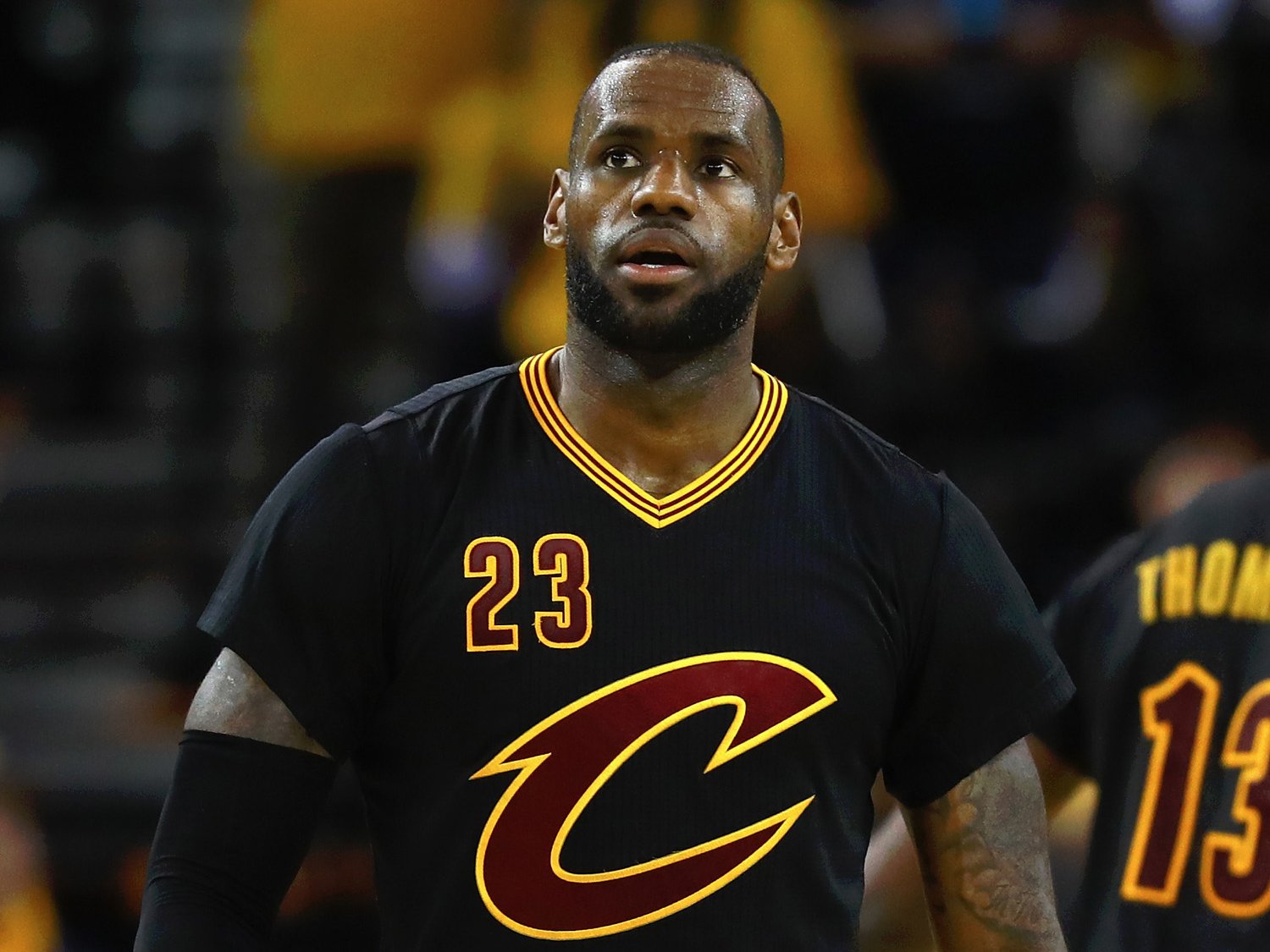 Ezra Shaw/Getty
Ezra Shaw/Getty
LeBron James is opting out of his $24 million contract option to become a free agent again this summer.
The move came as expected, as James has been opting out each year since returning to the Cleveland Cavaliers to sign short two-year deals.
This plan does two things: It puts pressure on the Cavaliers to keep improving the roster, knowing he could leave at any offseason, and it is also part of LeBron’s long-term master plan to sign a giant contract in 2017.
By 2017, when the NBA’s salary cap is expected to be $107 million or higher, the Cavaliers will have James’ full “Bird Rights,” meaning he can sign a max contract of five years, worth 35% of the cap, with 7.5% raises each season. With a $107 million cap projected for 2017, that means James could sign a five-year, $204 million deal.
However, on Thursday, USA Today’s Jeff Zillgitt reported a twist — the NBA has an obscure rule that might foil James’ plan.
According to Zillgitt, three league sources confirmed a rule called the “over 36 rule” that would make James’ $200 million contract impossible.
The “over 36 rule” prevents teams from “giving four- or five-year deals to players who are unlikely to play the life of the deal with no salary cap consequences.” Zillgitt reports:
For a player who is 36 years old in the last season of a five-year deal, his final annual salary is applied proportionally to previous seasons and counts toward the team’s cap.
Most players aren’t making the maximum at that stage of their career. Most players aren’t James.
In James’ case, if he signed a max deal next summer, there’s no way to apply any money from the fifth and final year of deal – when he’s 36 years old – to his first season in 2017-18 because league rules prevent a player from making more than the maximum in a season.
If James were to sign a five-year max contract next summer, he would be 32, meaning he would be older than 36 by the time the fifth year of that deal rolled around. As Zillgitt notes, the final year of his contract couldn’t be proportionally applied to the other years of his deal, because he would then be making more than the max salary.
But there is a twist. The NBA players or the league can opt out of the current Collective Bargaining Agreement (CBA) on December 15, 2016, meaning the two sides would have to renegotiate a deal in the summer of 2017. If either side chooses to do so, it’s possible that this rule could be tweaked so that James (and perhaps other players down the line) could sign a contract that pays them max money on a four- or five-year contract if they’re older than 36.
In the meantime, if James wants long-term security rather than banking on the possibility of negotiating a new CBA next summer, he could sign a four-year deal worth about $140 million this summer (under a $96 million salary cap). The Cavs don’t own his full Bird Rights yet, so James can only sign a contract for four years this summer. He could also sign another short contract, then sign a four-year contract next summer, that, according to Zillgitt, would be worth about $157 million over four years.
After two years of scheming and gambling to sign a giant contract, James’ earning possibilities could actually be limited by this obscure rule, throwing a potential knife into his plan.
NOW WATCH: How LeBron James makes and spends his millions













